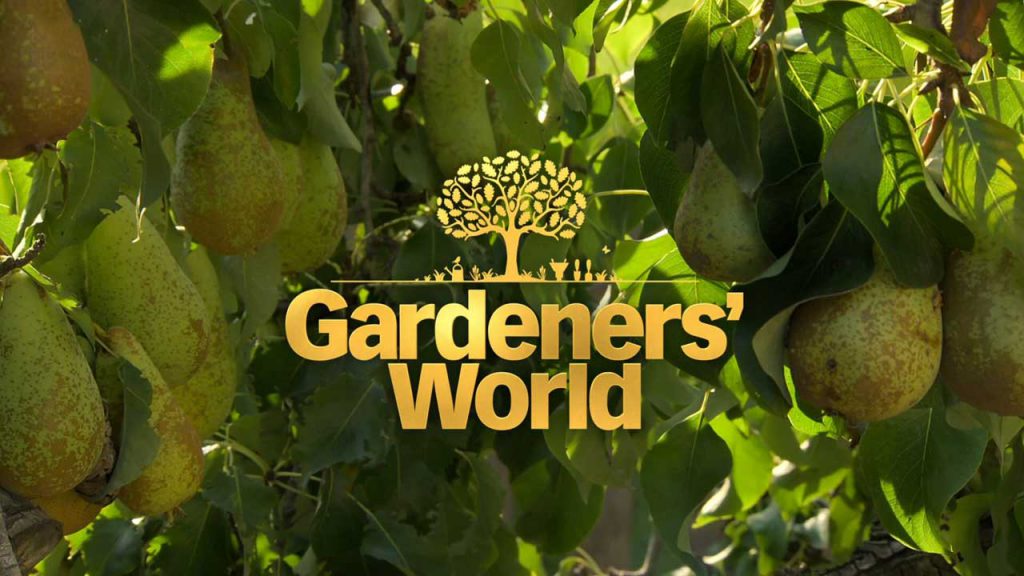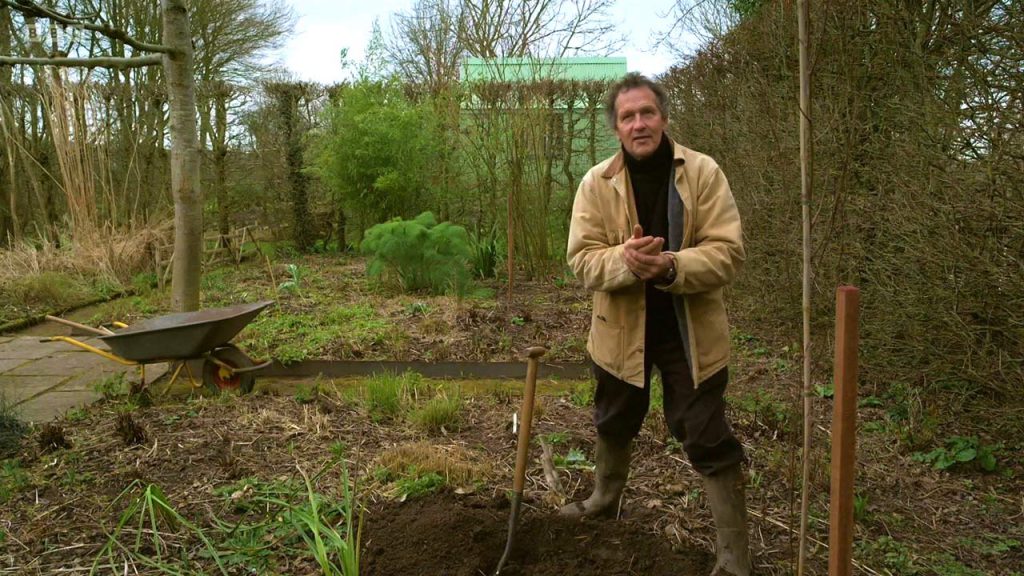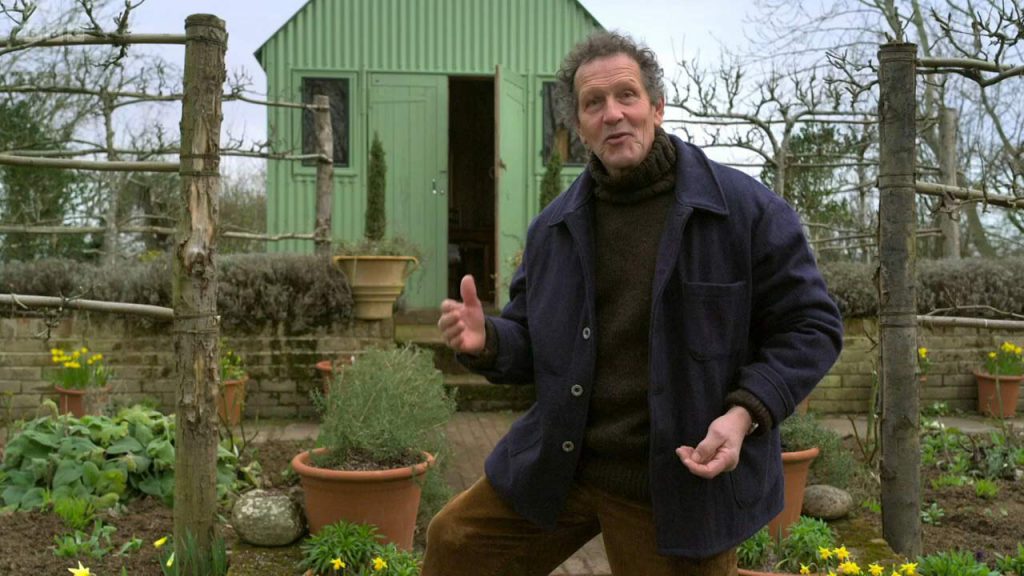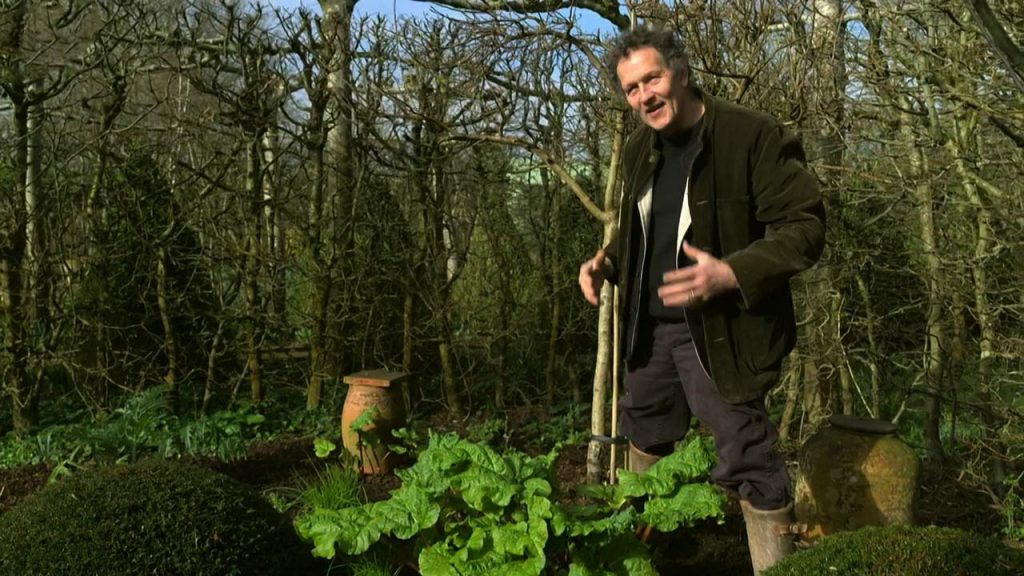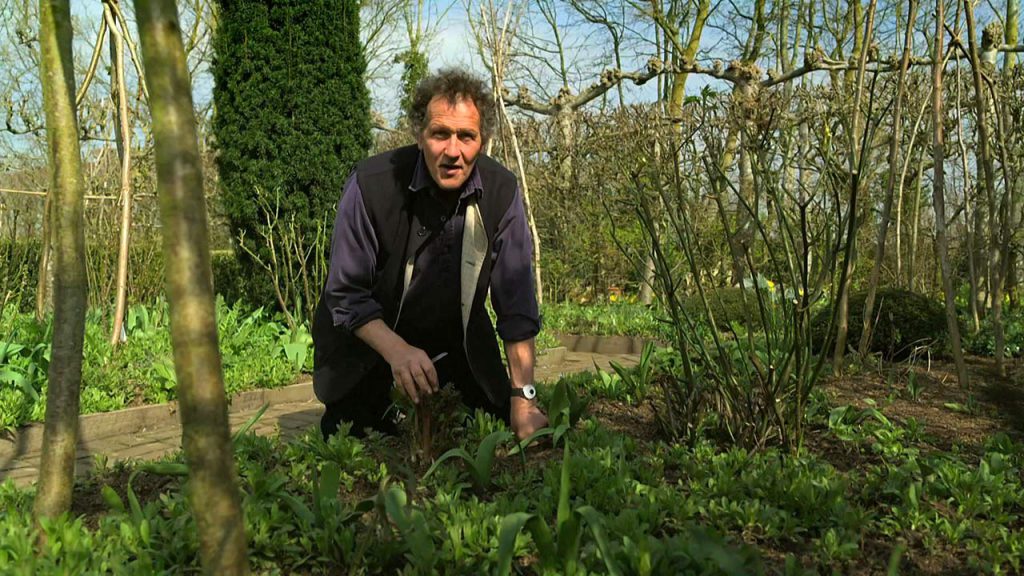Gardeners’ World 2022 episode 28: Adam Frost shares the progress that’s been made in his garden. Frances Tophill heads to the beach to reveal what gardeners can learn from the coastal plants which have evolved to cope with more extreme conditions. She also meets a head gardener in East Sussex who’s experimenting with drought-tolerant plants in our ever-changing climate.
There’s a tree champion in Gloucestershire who has planted and cared for hundreds of fruits trees on a mission to revive lost orchards, and a wildlife gardener in Bristol with a passion for birds. Also in the programme, more viewers share what they’ve been getting up to in their gardens.
Across the country `Gardeners’ World’ presenters, from their own gardens and homes, give advice and share their knowledge to enable people to get the most out of their gardens. For further inspiration, professionals, horticulturists and hobby gardeners provide fellow green-fingered enthusiasts with useful tips and suggestions, no matter the size of garden or level of expertise. Whether it is creating depth in a small, backyard garden or how to make the most of the latest spinach crop with homemade pesto, presenters prove that the possibilities are endless for any gardener and garden.
Gardeners’ World 2022 episode 28
Trees for smaller gardens
There are many trees widely available for smaller gardens, in all shapes and sizes, evergreen and deciduous. Given that many of us have limited space in which to garden, it becomes important that any trees chosen are right for their surroundings, in terms of proportion as well as for their decorative value.
Height and spread: This is probably the most important factor. Even small ornamental trees may, over time, reach a height of 6-8m (20-26ft) or more. If this is too much, consider a weeping form, as these rarely increase much in height, or choose a large shrub. If spread is a problem, such as in a very restricted area, consider a columnar tree, as these do not spread appreciably.
Season of interest: Consider when you want your tree to look good, thinking about flowering time, foliage, fruit and bark. If you only have room for one tree ideally look for one with more than one season of interest such as fruit or autumn colour following on from flowers.
Deciduous or evergreen: Both types of trees have their advantages, the obvious one for evergreens being that they keep their leaves throughout the year. But many deciduous trees provide lovely autumn foliage colours not available with evergreen trees.
How to grow alliums
These ornamental onions are bold and architectural, with large rounded heads of usually purple flowers, followed by attractive seedheads. Weave them through sunny borders or combine them with feathery grasses for best effect.
Many allium species produce offsets, new young plants. Once flowering is over and leaves have died down, you can lift the bulbs and detach the offsets. Either plant them directly in their final positions or grow on outside in pots of gritty compost.
Some alliums (Allium roseum, A. sphaerocephalon and A. vineale) produce aerial bulbils (small young bulbs produced instead of flowers) in the flower head. These bulbils can be carefully removed and separated. The bulbils can be planted in moist free-draining compost about 2.5cm (1in) apart and covered with 1cm (3/8in) layer of compost. It will take several years for them to reach flowering size.
You can propagate alliums by seed, however hybrids will not ‘come true’ (i.e. they may vary in colour and shape from the parents) by this method. It is best to sow ripe seeds as soon as possible. Sow into trays of gritty compost and and cover the seeds with 5mm of grit. Place the containers outside in a shady spot. Alternatively store seeds in a fridge and sow in spring at about 13°C (55°F). Most should germinate within 12 weeks. It will take several years to reach the flowering size.
